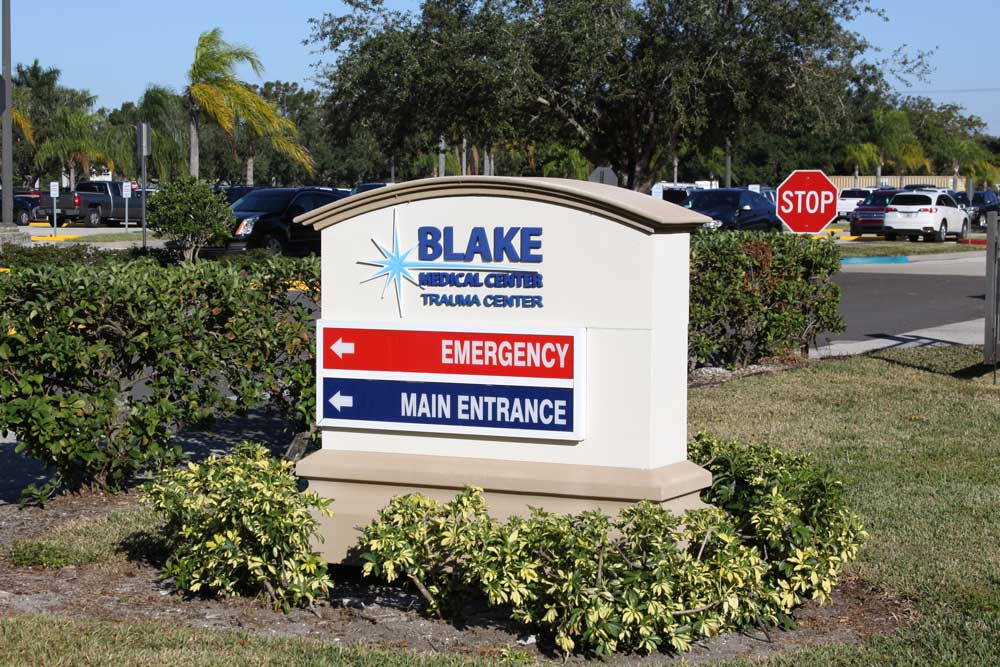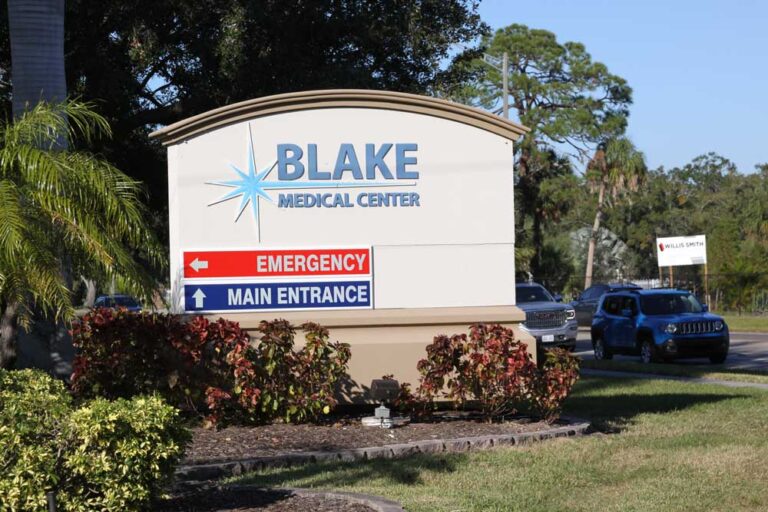Uses of Wayfinding Signs

Wayfinding signs are a type of signage that provide direction and orientation information to people navigating through a space. They are typically used in large, complex environments such as airports, hospitals, malls, and campuses. These signs can be indoor or outdoor, and are designed to be easy to read and understand. There many uses of wayfinding signs.
Some common types of wayfinding signs include:
- Directional signs: These signs provide information on the direction to a specific location, such as a restroom, exit, or parking lot.
- Identification signs: These signs indicate the name or number of a building or location, such as a room or floor number.
- Informational signs: These signs provide general information about a space, such as maps, schedules, or hours of operation.
- Regulatory signs: These signs provide information about rules and regulations, such as speed limits, parking restrictions, or safety regulations.
- Warning signs: These signs alert people to potential hazards, such as wet floors or construction areas.
Uses of wayfinding signs:
- Helping people navigate through unfamiliar spaces: Wayfinding signs are particularly useful in large or complex environments, where it may be difficult for people to find their way without direction.
- Enhancing safety: Wayfinding signs can also help enhance safety by alerting people to potential hazards or providing information about emergency exits.
- Improving efficiency: By providing clear and concise directions, wayfinding signs can help people move through a space more efficiently, reducing congestion and wait times.
- Enhancing the user experience: Well-designed wayfinding signs can help create a positive user experience by making it easy for people to find what they are looking for and reducing frustration and confusion.







